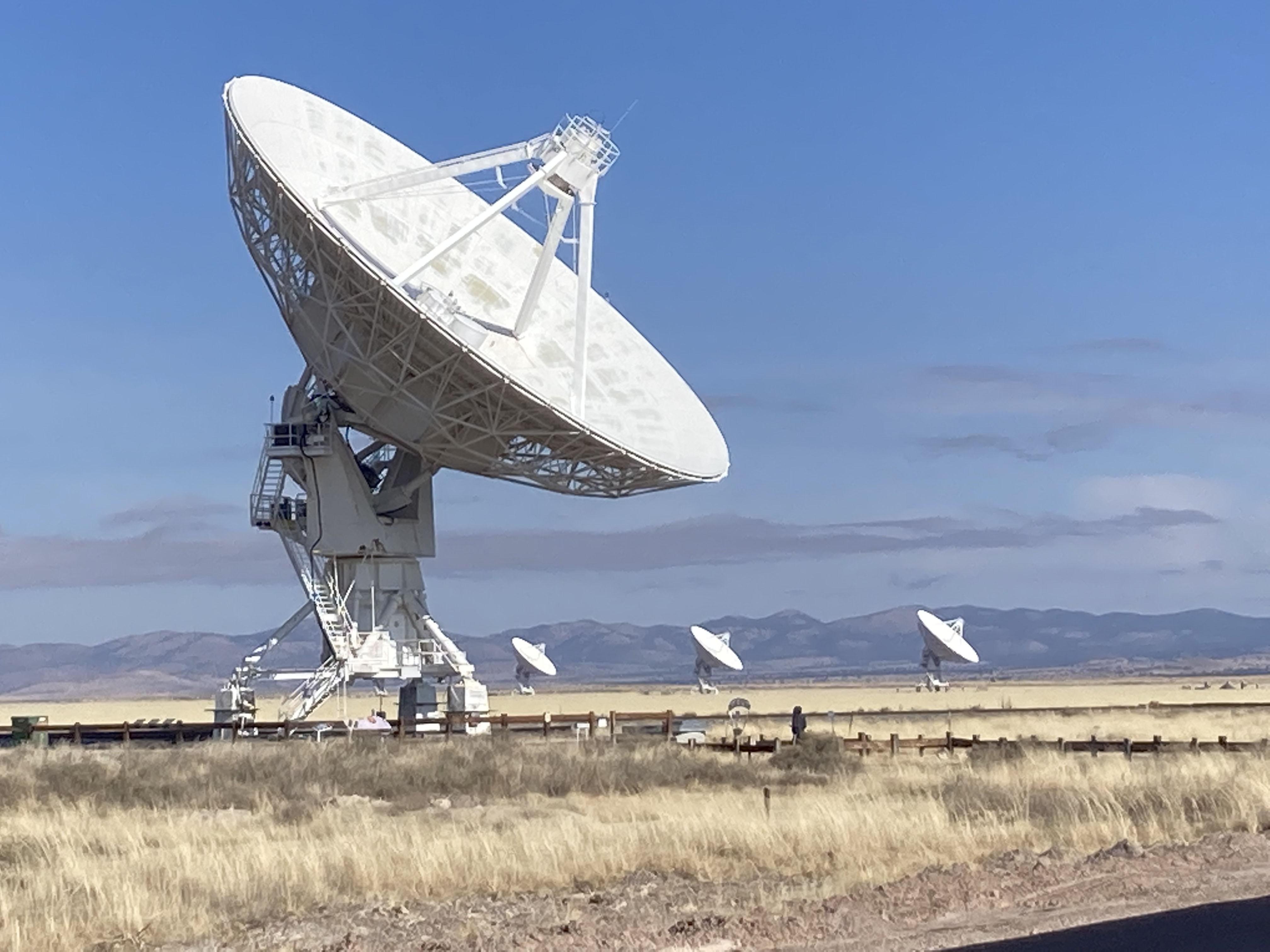Night Sky Blues
Contact
University of Arkansas System Division of Agriculture
Cooperative Extension Service
2301 S. University Ave.
Little Rock, AR 72204

Night Sky Blues
We often don’t miss something until it is gone. One of the things I miss is seeing the stars at night. Sure, you can see some stars, but not the multitude I remember as a kid when the Milky Way blazed across the sky like a well-marked roadway. Unfortunately, many of our Arkansas children have never seen this marvel of the night sky. Reducing light pollution — a waste product of our age of abundant, cheap energy — is one way we could conserve electricity and make the transition to electric vehicles go a bit easier.
I write this from a small ranch in central New Mexico where the wintertime night sky is a thing to behold. The stars that make up the various constellations stand out with such brilliance it is easy to see why the ancients gave them such fanciful names. The Milky Way rides across the night sky as I remember it from my childhood days.
Just a few miles down the road is the Very Large Array, a collection of 27 25-meter satellite dishes that were placed here in the 1970s because of the location’s remoteness. These dishes comprise the largest radio telescope in the world. Light pollution doesn’t interfere with their reception but even faint electronic signals our modern society produces can interfere with the weak signals they intercept from space. Were the night sky lit up with stray light from nearby cities, the facility would probably be too close to modern civilization to function properly.
Light pollution mainly comes from outdoor lighting that has been a part of our world for several hundred years. The first street lighting was from gas lights that were promoted to make the streets safer. Then with the spread of electricity in the 20th century, outdoor lighting became so common it almost seemed normal. When my family installed electricity on our new farmstead back in the 1960s, the electric company gave us a “free” yard light, but their rules did not allow the thing to be switched off.
Light pollution falls into four distinct categories: glare, sky glow, light trespass and clutter. Glare is primarily associated with roadway safety when too much light is aimed in the wrong direction. Meeting a car with its high beams on at night is a good example. Sky glow is the cumulative effect of all the lights produced in a city that cast an orange halo into the sky at night. In such communities, only the brightest stars are visible at night.
Light trespass is when an adjacent property owner uses a too-powerful or improperly shielded light to illuminate their property and inadvertently disrupts the nighttime experience for their neighbors. Recently I’ve moved to the country and have had discussions with my neighbors about their too-bright LED floodlights that almost make it bright enough to read outside at midnight in my yard.
Light clutter is just that. While a fantasy land view of lighting displays might be interesting on the Vegas strip, it can be a bit off-putting in more mundane situations. Approaching Fayetteville at night via the new I-49 exchange when it was first built was a lovely experience, but then the baseball arena parking lot was outfitted with the largest, brightest lights known to man. Overnight the scene changed from beautiful and charming to an ugly glare, like an over-exposed image. Fortunately, since then they have toned it down a bit.
While lighting the streets to reduce crime and accidents is a logical concept, there is surprisingly little evidence to support this theory. In fact, some big cities have experimented with lighting alleyways and discovered that the crime rate actually increases with better lighting. Graffiti and other property crimes are often higher in well-lit areas, presumably because the spray paint artists can see what they are doing.
Some cities are beginning to require down-directed street lighting and beginning to address light trespass issues by changing their building code ordinances. Street lighting is expensive for cities, often accounting for as much as 50 percent of their energy bill. Retailers could reduce energy consumption by shutting off parking lot lights at night. We can all help by more thoughtful use of outdoor lighting. The easiest way for homeowners to reduce excess lighting is by switching off outdoor lights or installing motion detectors. This can provide a sense of security and allow for easier movement during the dark hours. Maybe we will never really see the stars shine as they used to but mindful choices of how we light our world will surely help.
